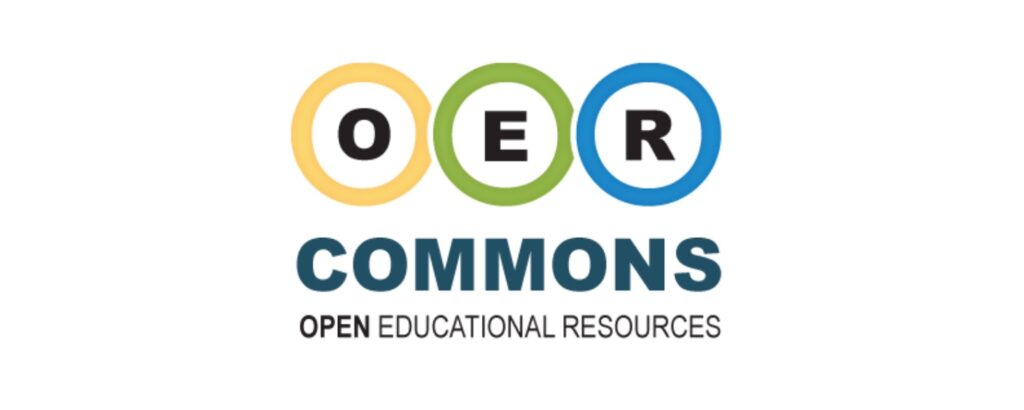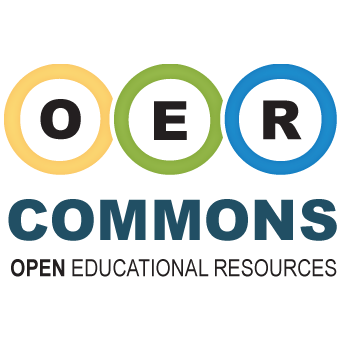Defining Open Educational Resources
Open Educational Resources (OERs) are recognized as educational materials such as activities, lessons, and texts that are discoverable online and are openly licensed. This means the public can legally use them to use, repurpose and/or redistribute with little to no restrictions. Some useful features of OERs for teachers include free access, diverse formats and potential for customization. Due to the removal of financial barriers and the ability to download, modify and adapt materials, as well as combine and share with others, educators and learners can easily use OERs to tailor lessons to suit specific needs and diverse levels of learning.
OER Commons is a public digital library and platform for finding, sharing, and collaborating on open educational resources. It offers an array of materials across various subjects and education levels, including lesson plans, textbooks, videos, quizzes and more for educators to access and share with others around the world.
By providing access to free, openly licensed educational materials, OER Commons supports student-centred learning by giving educators access to diverse and customizable materials. Educators can use OERs to foster active learning environments where students are more involved in their education, using digital tools and accessing learning materials at home to offer flexibility and variety for diverse learners.

Photo By: https://images.app.goo.gl/77VDiTiTkf4JZkLc8
Cultural Relevance of OERs
Open educational resources help decolonize education by providing free access to a range of quality ideas and perspectives from around the world. Teachers can easily integrate non-Western content, perspectives from Indigenous communities, or resources reflecting marginalized voices to help broaden students’ understanding while challenging our ethnocentric perspectives.
Equity in Education
Open educational resources advocate for free access to educational materials, regardless of socio-economic status. OERs can help bridge the education gap and fight against educational inequality by providing high-quality resources for communities with less funding and access to resources. Even more, OERs empower both educators and learners by giving them control over their learning, aligning with constructivist learning theory, which states that knowledge is a process where learners are at the centre, actively shaping their learning.
Potential Obstacles
While OERs have proven to be extremely useful for the education community, there are some potential issues we must keep in mind while implementing these assets in our teachings. Most OERs are licensed under Creative Commons licenses, which require users to give credit to the original creators as one of their main conditions. With that being said, open access may make it easier for individuals to copy and repurpose work without proper credit, which may have legal consequences.
With this in mind, users should follow the TASL method to provide proper attribution:
- Title: Mention the title of the work
- Author: Name the creator(s)
- Source: Include a link or citation where the work can be found
i.e., Photo by Jade Krieser on WordPress (hyperlink)
While some OERs are released into the public domain and do not require users to give credit, it is still good practice to provide credit as much as possible!
OpenAI. (2025). ChatGPT (Version 4) [Large language model]. OpenAI. https://chat.openai.com/
